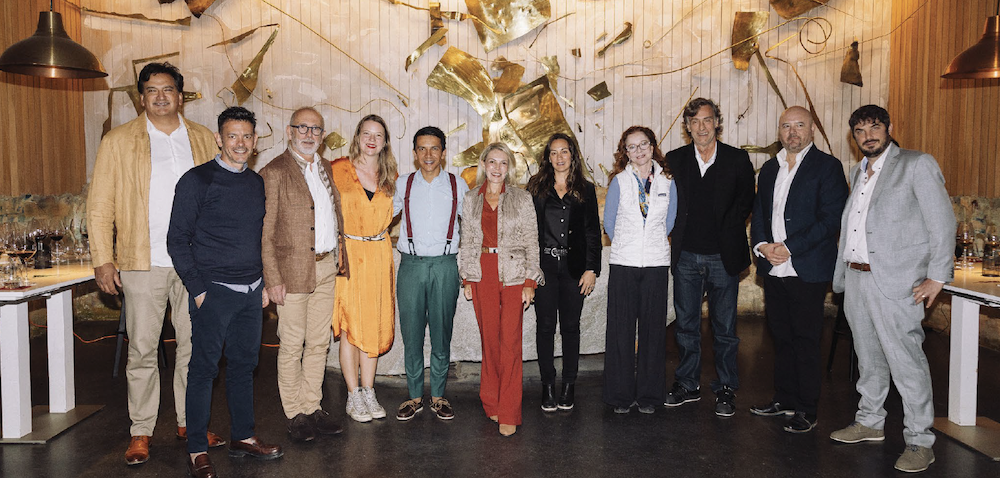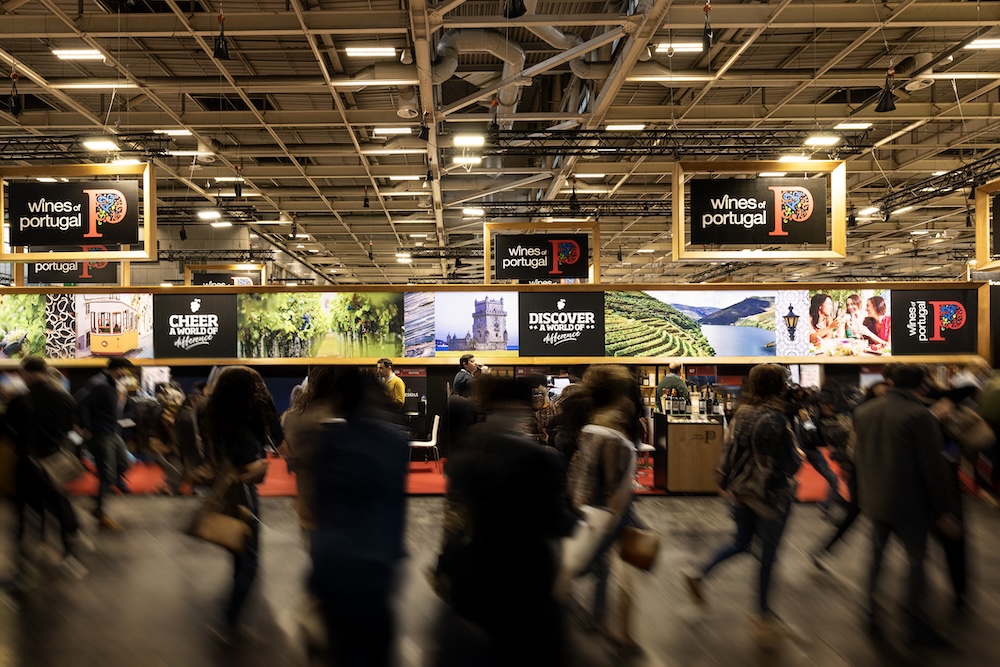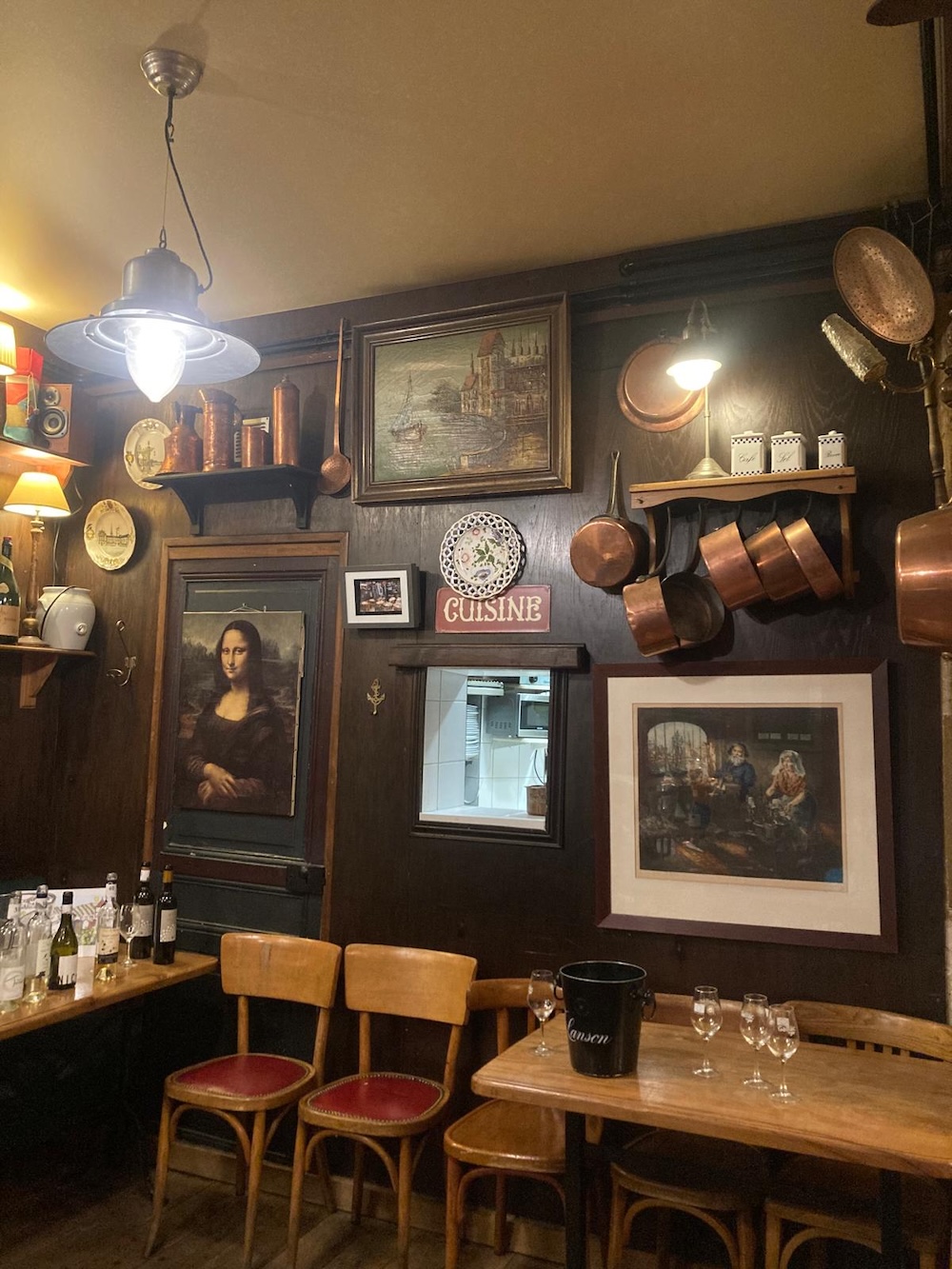
Discovery

Discovery
By Francesco Saverio Russo - Photographs: courtesy of the estates, posted on 03 February 2022
Brunello di Montalcino is, without doubt, one of the most significant designations both in Italy and worldwide, but few people know its history.
Montalcino’s ability as a region to produce great quality wines has been known for many centuries, and there is ample evidence of this dating back as early as 1500. Until the second half of the 19th century, though, the best known and most popular wine from the area was a sweet white called Moscatello, which won an award at the Universal Exhibition in Paris in 1867. At that time, Clemente Santi’s grandson, Ferruccio Biondi Santi, who was following in his grandfather's footsteps, was spurred on by the devastation caused by phylloxera and powdery mildew to study the potential of a clone of the Sangiovese vine variety. It was locally known as Brunello because of the particularly dark colour of the berries. His experimentations and research led to the creation of the famous Sangiovese Grosso, the variety historically used to produce Brunello di Montalcino.
Despite numerous awards and recognitions over the years, the production area for Brunello remained solely in the Montalcino area. Interestingly, one of the reasons for its lack of distribution elsewhere was its high selling price (which was very rare at the time). The events of the early 20th century led to a significant decline in wine production across the whole of Italy, with very few producers keeping Montalcino production alive between the two wars. At the end of the Second World War, as thoughts began turning once again to wine production, some people had the foresight to agree on rules for the production of Brunello di Montalcino, and in 1967 these far-sighted local producers united in a consortium. The definitive commercial creation of the Brunello di Montalcino "brand" came with Italian American brothers John and Harry Mariani who, in 1978, founded the Banfi winery. They provided the structured sales network capable of marketing this great wine in the United States and beyond, with a level of success and volumes that would have previously been unthinkable. Several years later, they obtained DOCG status, a fundamental step in the promotion of Brunello di Montalcino and its homeland.
According to current production regulations, Brunello di Montalcino DOCG can only be produced from Sangiovese grapes, with a yield per hectare lower than 80 quintals/ha. The wine can be released for sale from 1 January of the fifth year after the harvest but before that, it must be aged for a minimum of two years in wooden barrels and at least four months in the bottle. The length of bottle ageing increases to six months for the Riserva version, which goes on sale after an additional year. Rosso di Montalcino DOC must also be produced entirely from Sangiovese grapes, but can be sold from 1 September following the harvest. In my opinion, Rosso di Montalcino should not be seen as "a second-rate wine", but instead as a wine that is different to Brunello, even if it is often produced using younger or lesser vines which were destined to become Brunello. It can be considered a more contemporary drink, with greater versatility and freshness, whilst at the same time maintaining richness and a strong varietal and regional identity.
Much of the success of these wines can be ascribed to the work of the Consorzio del vino Brunello di Montalcino (The Consortium of Brunello di Montalcino wine) which today has 218 members representing almost all the wine produced from 4,300 hectares of vineyards. Of these, 3,150 ha are registered as DOC and DOCG (2,100 of which have been Brunello since 1997, 510 are Rosso di Montalcino, 50 Moscadello, and 480 Sant'Antimo), with the remainder used for IGT wines. The vineyards cover a total area of 24,000 hectares which coincides with the Municipality of Montalcino, 40 km south of Siena, bounded by the valleys of the Orcia, Asso and Ombrone. This is a unique region in terms of biodiversity, morphology and climate. Fifty percent of it is covered by woodland and uncultivated land, 10% by olive groves and only 15% by vineyards, with the remainder given over to arable land, pastures and other crops. The climate, which is Mediterranean and predominantly mild, ensures optimal ripening conditions for the fruit, aided and abetted by the wind that continuously blows.
A Montalcino vineyard today is worth almost 1 million euros per hectare, for a combined total in excess of 2 billion euros. Its value is 4,500% more than fifty years ago, with strong ongoing growth as new deals continue to be struck among the Montalcino hills.
In 2019, Montalcino cellars produced over 141,000 hectolitres of wine, divided between Brunello (96,722 hl), Rosso di Montalcino (34,249 hl), Moscadello (436 hl) and Sant'Antimo (9,992 hl). Seventy per cent of the wine produced locally is destined for export and, as far as Brunello is concerned, once in the cellar it becomes a high-yield investment, with profits that grow commensurately with the ageing of the wine until they triple in value. In fact, the 340,000 hectolitres of the most recent vintages stored in casks in the vaults of the 300 Montalcino wineries are worth around 400 million euros, thanks to the high price points of bulk wine (up to 1,200 euros per hectolitre), making Brunello the most expensive wine in Italy. And that's not all! After bottling and considering prices for the 2014 vintage, the value of the finished product will rise threefold, to over 1.2 billion euros.
(Data source: Valoritalia and Winenews)
Biodiversity is safeguarded by local producers, who are increasingly mindful and sensitive custodians of the region. The latest analysis by the Consortium confirms that the Brunello di Montalcino area boasts a share of organically farmed land which is three times higher than the national average, or about 50% of the entire DOCG vineyard acreage.
The region’s unspoilt natural surroundings and scenery, together with the beauty of the medieval village and accommodation provided by Montalcino wineries, have led wine tourism to play a pivotal role in regional development. With 200,000 visits in 2018 (113% more in the last 5 years) and over 75,000 overnight stays in a town with a population of 6,000, the impact on Montalcino has been significant. Half of the local businesses are agricultural, but over the years the number of accommodation facilities has increased and today there is 1 for every 35 residents with 92 hotels, farm accommodation and inns. Lastly, there are over 50 restaurants and eateries.
The data stops at 2019 but, although 2020 can be considered an ‘annus horribilis’ for the entire Italian wine industry, Montalcino has enjoyed early sales. This is in part due to the fear of new duties, which has prompted many US buyers (Brunello’s main market) to buy new vintages; market diversification (varying and carefully selecting markets has been one of the pivotal aspects of the marketing strategies deployed by Montalcino estates); and finally the contribution of individual Italians who, despite the pandemic, have shown greater interest in fine wines.
Can you describe how the last year has been for the designation?
FB: We were greatly concerned at the beginning of last year, but this initial fear was followed by a strong reaction by the wineries, which managed to diversify their business, despite the difficulties caused by the pandemic, and continue their work in the vineyards. From a commercial point of view, the superb 2015 vintage was a great bonus, followed by an exceptional vintage in 2016. In a year that the world will want to forget in a hurry, Montalcino’s 2020 harvest will not be forgotten, as it is considered somewhere between excellent and outstanding, allowing us to look to the future with optimism. Four years from now we will remember that in the overall darkness of 2020, the Brunello vintage was a wonderful exception.
What were the numbers for Brunello di Montalcino during the pandemic?
MF: They were beyond all expectations, particularly considering the difficulties caused by the first lockdown last year. In 2020 in fact about 9 million approvals were delivered for bottles of Brunello di Montalcino, a figure well above that of 2019 (+12.2%). The real growth was posted in the first part of 2021 though. Over the first four months, the increase compared with the same period last year was 38%, but what stands out most is the 43% rise in government levies paid in the four-month period compared to the average of the three-year period from 2018 to 2020. Considering the terrible times we have just gone through, the overall result is decisively positive, even though under normal conditions growth would probably have been even stronger.
Banfi
As mentioned earlier, Banfi was founded in 1978 as the result of an ambitious and visionary project for the time. The American dream of the two Mariani brothers, John and Harry, paved the way for what is still seen today as a masterpiece of Italian and international winemaking. Initially importers, then owners of the Poggio alle Mura estate, the Mariani brothers, with the help of well-known oenologist Ezio Rivella, built what is now a 174-hectare vineyard dedicated to Brunello di Montalcino, home to some of the most representative vines in Tuscan viticulture and beyond. This large estate also hosts a variety of olive trees, plum trees, cereals and woodlands, providing a rich agricultural backdrop for the majestic medieval castle, the estate’s symbol. Banfi is located in the southern part of the region, 16 kilometres from the centre of Montalcino, 50 kilometres south of Siena and 130 kilometres south of Florence. However, despite its location, it is still a quality benchmark for the entire designation.
Tenuta San Giorgio - ColleMassari
Tenuta San Giorgio, founded in 1982, is located near Castelnuovo dell'Abate in the town of Montalcino, not far from Sant'Antimo Abbey. Since 2016 it has been part of the ColleMassari group. The 26 ha of vineyards are set amidst unspoilt woodlands and olive groves, from 250 m to 400 m above sea level. The approach is the same as the other winery in the group (Poggio di Sotto), but in this case the soils are very different because they are of volcanic origin, which gives depth and elegance to the wines. The company is in the process of converting to organic. The entrepreneur Claudio Tipa decided to invest in the estate because it is ideal for producing high-quality Brunello and Rosso di Montalcino, in a different setting to the other companies he owns. Time is proving him right, especially at the last Benvenuto Brunello preview, where Tenuta San Giorgio labels were well represented.
La Palazzetta Fanti
La Palazzetta was established in 1988 from a single hectare of Sangiovese meticulously tended by Flavio and Carla Fanti. Today, their children Luca and Tea are at the helm and the vineyard has been expanded to 20 hectares. It is located to the south-east of Montalcino, 365 m above sea level. The company's production is centred on Brunello and Rosso di Montalcino, but Sant'Antimo Rosso DOC and extra virgin olive oil are also produced. The vines are planted on calcareous and stony soils and produce fragrant richly-coloured wines with pleasant acidity and tannins. The vineyards are organically managed, and the approach is one of respect for the raw materials and the identity of the land. In the cellar, tradition and innovation accompany the hand-picked grapes through the natural process of winemaking.
La Gerla
This estate was born from the foresight and passion of Sergio Rossi, who decided leave Milan where he worked in advertising and start a new life in Montalcino. Together with a group of friends, in 1974 Rossi bought the Colombaio-Santi farm from Brunello’s most famous family (Biondi Santi) and which already produced the grapes destined for the best wines from the Canalicchio area, north-east of Montalcino. The friends restored the farm and created functional, technologically advanced cellars. The estate can be divided into two macro-zones: Canalicchio, to the north-east, is more suited to producing fine, elegant wines (the historic Angeli vineyard, planted by Franco Biondi-Santi with clone BBS11) and Castelnuovo dell'Abate, which produces more powerful, complex and long-lived wines (Vigna la Pieve will soon be a new Cru for the estate).
Today Sergio Rossi is no longer with us, but his wife Donatella carries on the company and, with help from technical director Dr Passeri, continues to create exceptional wines which combine tradition and modernity.
Tenuta Poggio Il Castellare
Tenuta Poggio il Castellare represents the most ambitious stage of Bruna Baroncini’s Sangiovese journey in Tuscany. Heir to a noble family which has been dedicated to wine for centuries, Baroncini’s estate is located in Torrenieri, at an altitude of about 350 metres, in the north-eastern quadrant of the Montalcino area, which is benefiting from climate change. There are 7 hectares of vineyards, laid out in rows on organically farmed land where there is more clay than sand. The estate’s 40 hectares also include two hectares of truffle trees and a wood rich in medicinal herbs. The remainder is set aside as arable land and for growing ancient grains. In the centre is the manor house, with a luxury farmhouse annex.
“In Brunello, the Sangiovese grape reaches peak ripeness. It is both thunderous and firm, wise and confident, with all the power of its best years still. And it has the potential for a very long life”, comments Bruna Baroncini
Scuderia Italy
Scuderia Italia ‘Prestigious Italian Wines’ is a special location created by Flavio Sartori, a graduate in viticulture and oenology from the prestigious Conegliano campus of the University of Padua, and his father Loris, an experienced entrepreneur. The concept is to select producers of excellence in the most important Italian designations and to establish a close relationship in order to produce wines under a single brand, thereby creating true, limited-edition collections. Brunello is one such example. It is made by selecting wine from one of Montalcino’s historic and most traditional producers, which has vineyards located south of Montalcino, in Santa Restituta. The vineyards are situated about 330 metres above sea level, on marly and tufa soils with a high concentration of minerals and fragmented rocks. Once the final blend is selected, a few hundred bottles of Brunello di Montalcino di Scuderia Italia are bottled, and set aside for the most demanding palates in the world.
Villa al Cortile - Piccini 1882
Situated on the southern side of Montalcino, with its 12 ha of vineyards stretching from Montosoli to Lavacchio, Villa al Cortile is the jewel in the crown of the Piccini family's estates. The vineyards in the northernmost area are north and north-east-facing and enjoy cooler temperatures, responding better to the seasonal trends in recent years and global warming. The mission here is to respect the relationship between the area and vines as much as possible, on the basis of the vintage, with simplicity and tradition. Hence, over-extraction and exaggerated concentration are outlawed in favour of harmony and balance.
Ambre Wines
Ambre successfully exports Ambre still and sparkling wines all over the world. By completing the necessary formalities and constantly monitoring the various stages of supply, Ambre guarantees impeccable service to its partners. Brunello di Montalcino wines are an export staple in Ambre Wines’ portfolio.

Discovery

Discovery

Discovery